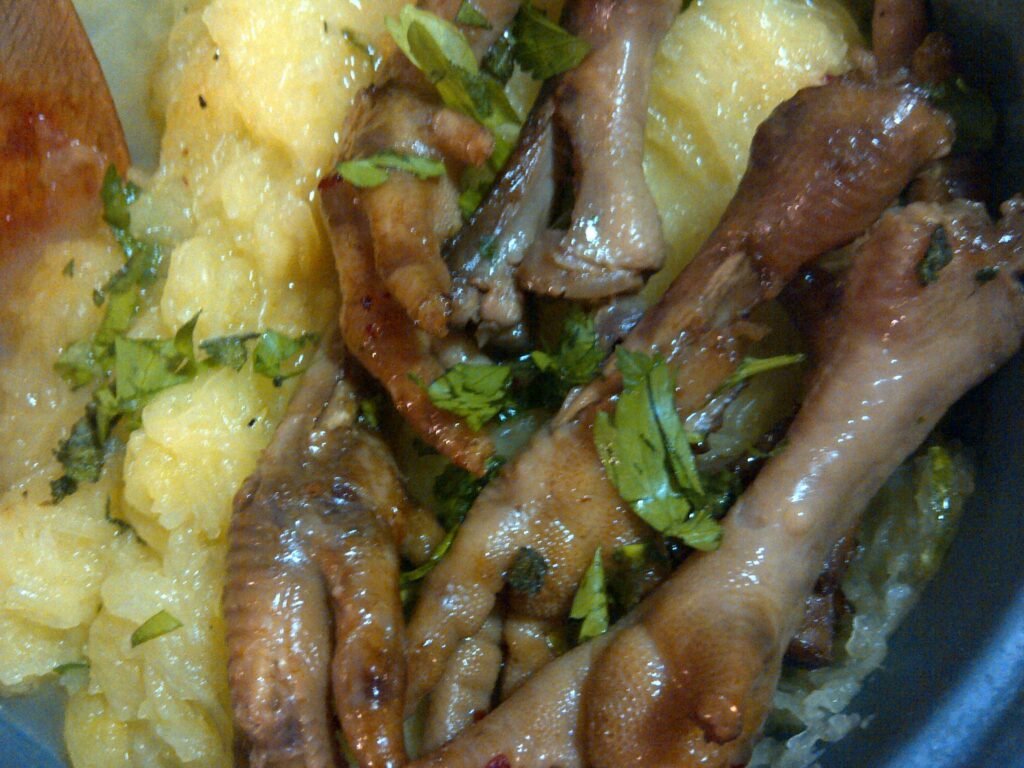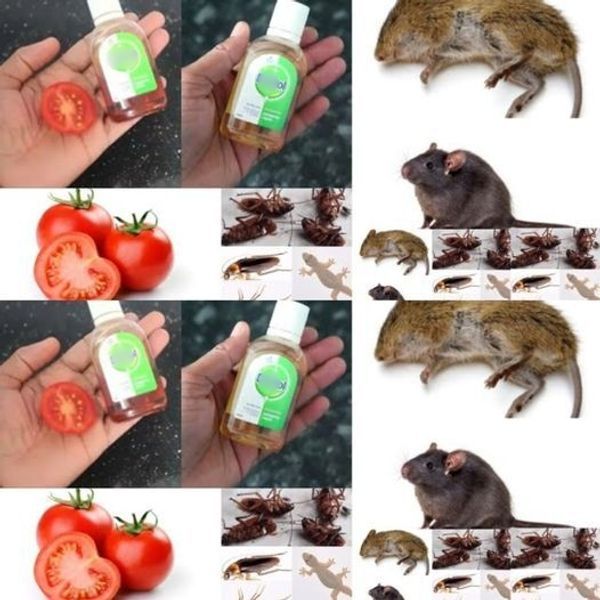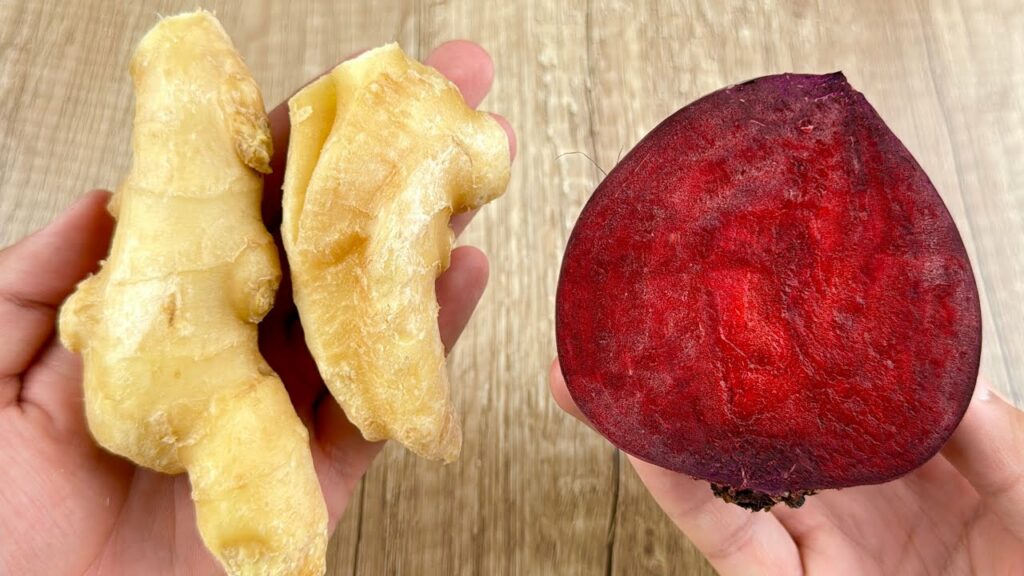
Chicken feet might not be the first thing that comes to mind when you think of a delicious meal, but in many Spanish households, they are a beloved delicacy. Known for their rich flavor and unique texture, chicken feet are enjoyed in a variety of dishes that bring comfort and satisfaction to the table. Here’s why Spanish families buy chicken feet by the kilo and how they turn this humble ingredient into something truly delicious.
Why Chicken Feet?
Flavor and Texture: Chicken feet are packed with flavor, thanks to their high content of collagen, which gives them a slightly gelatinous texture when cooked. This texture, combined with the rich taste of the bones and skin, makes them a popular ingredient in soups, stews, and other slow-cooked dishes.
Nutritional Benefits: Chicken feet are rich in collagen, which is beneficial for joint health, skin elasticity, and overall well-being. They are also a good source of calcium, protein, and other essential nutrients, making them a nutritious addition to any meal.
Affordable and Sustainable: In Spain, chicken feet are often sold at a lower price than other cuts of meat, making them an affordable choice for families. By using the entire animal, including the feet, Spanish cuisine emphasizes sustainability and reduces food waste.
How Chicken Feet Are Prepared in Spanish Cuisine
1. Cocido Madrileño
One of the most famous dishes in Spanish cuisine is Cocido Madrileño, a hearty stew that often includes chicken feet along with other meats, vegetables, and chickpeas. The slow-cooking process allows the flavors to meld together, resulting in a rich and satisfying dish.
How It’s Made:
-
Chicken feet are simmered along with beef, pork, and chorizo in a large pot of water.
-
Vegetables like carrots, potatoes, and cabbage are added, along with spices such as garlic and paprika.
-
The stew is cooked slowly for several hours, allowing the chicken feet to release their collagen, thickening the broth and adding a deep, savory flavor.
2. Chicken Feet in Garlic Sauce (Pies de Pollo al Ajillo)
Another popular way to prepare chicken feet in Spain is by cooking them in a flavorful garlic sauce. This dish is loved for its robust flavor and tender texture.
How It’s Made:
-
The chicken feet are first cleaned and blanched to remove any impurities.
-
They are then sautéed in olive oil with plenty of garlic, paprika, and sometimes a splash of white wine or vinegar.
-
The feet are simmered until they are tender and the sauce is thick and fragrant.
3. Chicken Feet Soup (Sopa de Pies de Pollo)
Chicken feet make an excellent base for a nutritious and flavorful soup. The collagen from the feet gives the broth a rich, silky texture that is perfect for a comforting meal.
How It’s Made:
-
Chicken feet are simmered with water, onions, garlic, and herbs to create a flavorful broth.
-
Vegetables like carrots, celery, and potatoes are added to the soup.
-
Sometimes, rice or noodles are included to make the soup even heartier.
-
The soup is cooked until the chicken feet are tender and the flavors are well combined.
How to Enjoy Chicken Feet
Eating Chicken Feet: Eating chicken feet is a bit different from other parts of the chicken. The feet are often served whole, and diners enjoy them by sucking off the tender skin and collagen-rich tissue from the bones. The bones are usually not eaten, but they add a lot of flavor to the dish.
Pairing: Chicken feet dishes can be enjoyed with a side of crusty bread, rice, or potatoes, which help to soak up the delicious sauces and broths. They pair well with a glass of Spanish wine or a cold beer.
Conclusion
In Spain, chicken feet are not just a byproduct but a cherished part of culinary tradition. Their rich flavor, unique texture, and nutritional benefits make them a favorite in many Spanish households. Whether simmered in a stew, cooked in garlic sauce, or used as the base for a comforting soup, chicken feet are a delicious and versatile ingredient that Spanish families love to eat all the time. If you haven’t tried them yet, you might find that they become a new favorite in your kitchen too!



